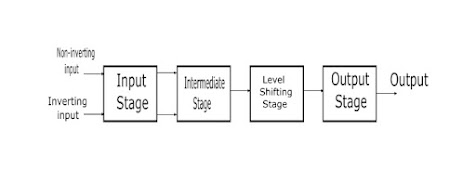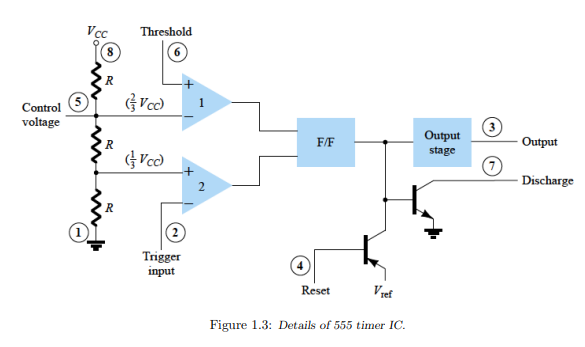
An operational amplifier is a direct-coupled high gain amplifier usually consisting of one or more differential amplifiers and usually followed by a level translator and an output stage. The output stage is generally a push-pull or push-pull complimentary symmetry pair. An operational amplifier(op-amp) is available as a single integrated circuit package. Input Stage − The input stage is the dual input, balanced output differential amplifier. This stage provides most of the voltage gain and introduces the input resistance of operational amplifier. Intermediate Stage − This stage is dual input, unbalanced output differential amplifier, which is driven by the output of first stage. Level Shifting Stage − Since direct coupling is used, therefore the DC voltage at the output of intermediate stage is above the ground potential. Hence, the level shifting transistor circuit is used after intermediate stage to shift the DC level at intermediate stage output downward to z...
